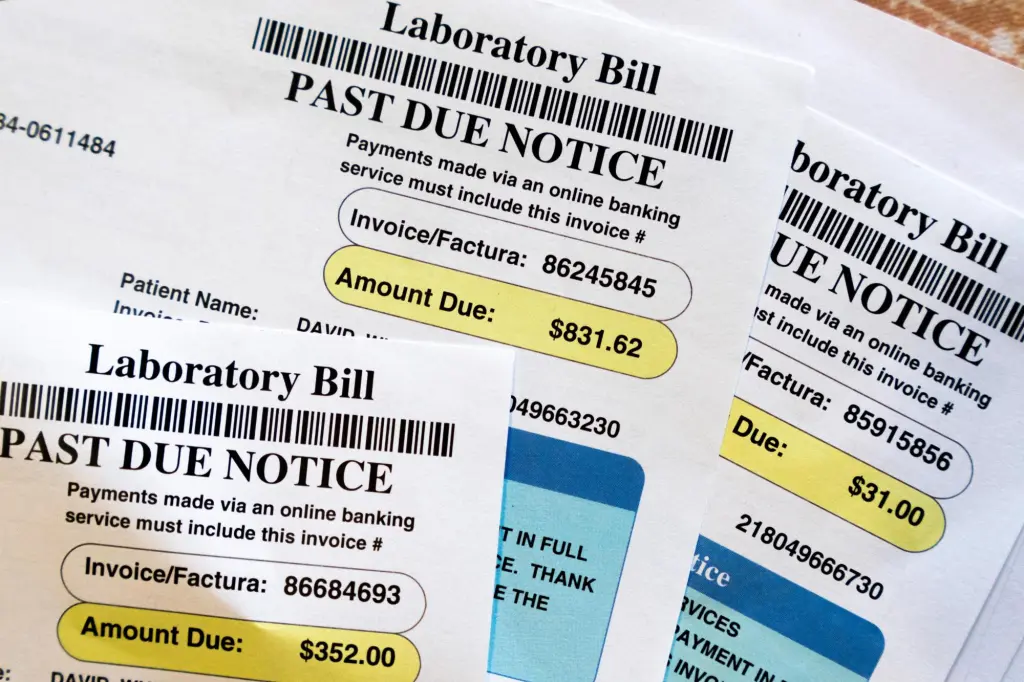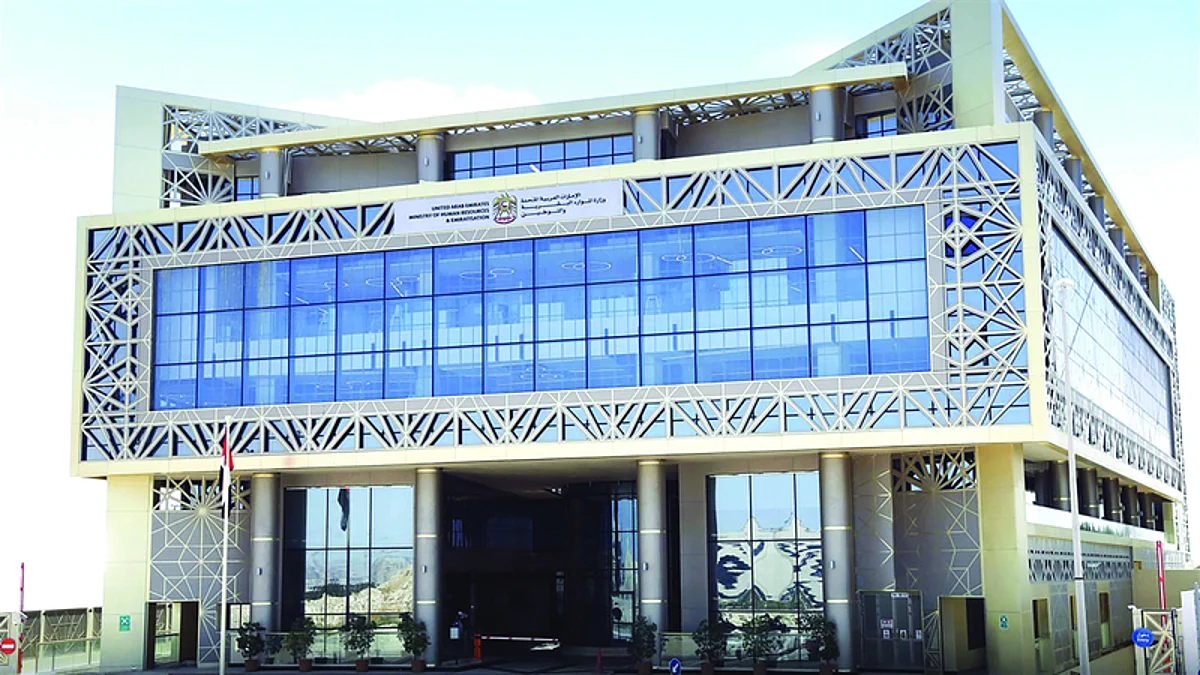Copyright capitalethiopia

André Kooiman, senior sustainable land management expert at ISRIC and scientific coordinator of the Land, Soil, and Crop (LSC) Hubs project, brings decades of experience spanning Africa, Europe, and Asia. With a background in land and water management, spatial planning, and geo-information science, Kooiman leads a transformative initiative that tackles fragmented agricultural data systems by linking diverse datasets and stakeholders. His work contributes to bridging gaps between agricultural research, policy, and practice, supporting climate-resilient farming and evidence-based policymaking across Ethiopia and partner countries. In this interview, Kooiman shares insights into the challenges and successes of the LSC Hubs project, its role in sustainable land governance, and plans for scaling its impact across Africa. Capital: What is the LCC Hub, and how does it address the challenges of fragmented agricultural data? André Kooiman: The LSC Hubs serve as a technical facility designed to integrate existing agricultural data, incorporate new data, and facilitate its sharing. They link various datasets and establish standards for data providers to record, catalogue, and describe their data, enabling open or what we call fair data sharing systems. On the technical side, we connect existing soil data, crop data from various institutions, land data, and climate data, with plans to incorporate water data in the near future. The second aspect is organizational; the hubs function as networks of data providers and users. These networks consist of stakeholders who utilize the data at different levels—national, regional, and local. Currently, data is managed by various institutions, each operating under its own mandate, resources, and principles, leading to the creation of separate databases. We recognize that to support actionable data for farmers and other stakeholders, it is essential to link data from different sectors. This involves collaboration with institutions like the Ministry of Agriculture, which manages soil data, and EIAR, which provides crop data, along with other organizations in Ethiopia, including the Centers of International Agricultural Research (CGIAR). Capital: How will national institutes financially sustain and update the LSC Hubs now that international funding has ended? André: International funding has played a crucial role in developing the hubs by integrating them into existing initiatives in the country. We aim to keep maintenance costs low so that national organizations like EIAR can support the system’s upkeep using their own resources. Additionally, we are engaging with the user community to create a demand for information, which will help sustain the system. From a sustainability perspective, we anticipate political support for the ongoing maintenance of the LSC Hubs. We are also exploring avenues for additional funding to support further activities, particularly scaling efforts. We have piloted two borderland projects in Ethiopia, working closely with Kenya and Rwanda. In Kenya, we are developing the hubs in two borderland areas, focusing on specific villages. As part of our scaling strategy, we hope to connect with other initiatives that can benefit from our lessons learned. One notable example is an ongoing project called TRANSFORM, which involves collaboration with EIAR, the Ministry of Agriculture, and other partners from the LSC network. Capital: What are the biggest challenges you are currently facing during the five years of implementation, and what have you learned? André: When we started, it was during the Covid pandemic, which made it impossible to hold physical meetings or engage directly. This was a significant challenge. After a year and a half, conditions began to improve, and we were able to overcome many obstacles. We maintained ongoing communication, and with two additional visits and increased engagement, we addressed some of the delays caused by the pandemic. Another challenge was the lack of a direct link between agricultural research, agricultural research information, and agricultural extension, whether from the private sector or government sources. Various institutions are involved, and by connecting information providers with stakeholders who use the data, we have successfully bridged the gap between agricultural research, extension services, and farmers’ groups. A further challenge has been working in a country with security concerns. We have collaborated closely with the Ethiopian Institute of Agricultural Research (EIAR), which has worked with security officers from UN organizations and local authorities to assess how we could operate safely. We have adapted our program to these circumstances. On the policy front, Ethiopia has provided a remarkably positive experience for us. At the policy level, many initiatives have been implemented that have enabled this project to succeed. These include policies related to sustainable land management and agricultural practices focusing on improved productivity, climate adaptation, and data sharing. A data-sharing policy was officially approved approximately six months ago, establishing open data as formal policy in Ethiopia. This has empowered our project and helped us catch up on earlier delays. Capital: How will the Hub data be used to directly change and improve national agricultural policies? André: The hubs will assist in refining existing policies. We know that policies are currently being developed and revised. For example, the hub will enhance fertilizer recommendations for farmers and help create tailored fertilizer blends from common plants suited to specific local conditions across the country. This is one way we can support adjustments to fertilizer use policies. Additionally, the hubs will monitor soil health and land degradation, identifying hotspots and informing how policies and plans can be improved based on this data. It is important to note that agriculture is a devolved responsibility in Ethiopia, with local governments playing a key role in policy development. We have collaborated with regional stakeholders to utilize the hub’s resources effectively for their policies and plans. Capital: How were fragmented research datasets centralized and standardized into the LSC Hubs? André: We standardized the description of data through metadata protocols and forms. This introduced a consistent approach for different data providers to describe their datasets’ metadata in a common format, making them searchable in data catalogs, which we also standardized. These catalogs ensure that datasets from various providers can be uniformly accessed. Additionally, we did not consolidate all data into a single large database. Instead, the data remains with the national organizations that originally managed it. Our focus was on enabling data exchange and accessibility via APIs, allowing users to easily search for and link datasets. This integration facilitates connections between different sources, such as soil data from the Ministry of Agriculture, agronomic datasets from the Ethiopian Institute of Agricultural Research (EIAR), and climate data from meteorological providers. Capital: What was the key lesson learned from the collaboration between international and national research institutes? André: A key lesson learned is that no single organization could have achieved what we accomplished as a partnership. The collaboration between international and national organizations was crucial to our success. We successfully established the data hubs while remaining open to existing initiatives. We did not recreate established concepts from international organizations; instead, we carefully analyzed ongoing efforts in Ethiopia. We focused on building upon existing initiatives without duplicating or replicating them. Capital: How do the Hubs support both climate resilience and climate change mitigation? André: We incorporated information about carbon and changes in carbon levels as part of the data layers within the hub. On the mitigation side, we included indicators that monitor soil organic carbon and track changes in organic carbon stock. This supports organizations responsible for reporting under the UNFCCC on greenhouse gas emissions, particularly from agricultural sources. Most importantly, we focused on assessing the impact of climate on small-scale agriculture by integrating climate data layers into the actionable data provided to farmers. Capital: What is the plan to transfer the project’s knowledge and successful model to other African countries? André: We have included datasets on changes in average temperature, the length of the growing season, and average rainfall over recent years. This data is accessible alongside information on agricultural practices and farming systems specific to each area. By linking these datasets, we can create connections with future climate scenarios, allowing farmers to adapt more easily. They will be able to identify optimal planting and harvesting times, as well as alternative crops that could be introduced. Capital: Besides farmers, who else is the Hub data designed to serve? André: We have realized that the data we provide, as well as the structure of our data hubs, requires what we call “infomeries” to package information effectively for farmers. While farmers are the ultimate beneficiaries of the data, they are not the only ones. There are field-level activities necessary to improve productivity and sustainable land management, as well as activities that need to be addressed at the border, regional, and national levels. We have engaged various stakeholders—including government representatives, private sector players, NGOs, universities, and development partners—during our needs assessment to understand their requirements related to soil fertility management and soil and water conservation. Identifying roles and typical products is crucial. For example, at the regional level, devolved agricultural policy-making and planning serve as important decision-making tools for the government. Our users have been actively involved in this process. At the national level, the focus shifts to research needs and determining future priorities, making national entities another key stakeholder. The private sector plays a role in how to package data from the hub for distribution within their networks of farmers. One of our upcoming tasks is to define the business model for this initiative and explore ways to strengthen connections among these user groups, thereby ensuring robust demand for the information services provided by the hubs. Capital: What is the plan to transfer the project’s knowledge and successful model to other African countries? André: Several initiatives supported by international donors include connections to LSC hubs in other countries, which is one option. However, I also want to address another aspect of scaling. This project has been piloted in three countries, with two districts in each country—specifically, two woredas in Ethiopia, each with two villages. When we discuss scaling, we don’t just consider expanding the project to other countries; we also think about how to scale within Ethiopia. This means applying the lessons learned to other woredas and exploring additional villages and borderlands to cover the entire country. These two levels of scaling are opportunities we are currently identifying, especially through the Soil Initiative for Africa, which is a continental effort, along with various regional initiatives under that umbrella, such as the Africa Fertilizer Soil Health Summit and the Soil Initiative for Africa Action Plan. These serve as entry points we are pursuing, including regional initiatives in IGAD and national projects like the Transform project I mentioned in Ethiopia.



